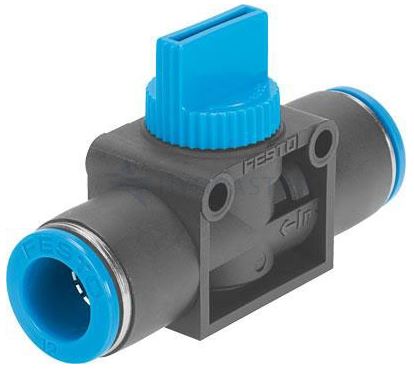Pneumatic fittings are among the simplest yet most important spare parts for your pneumatic system. Even though they aren’t expensive, if they stop doing their job you may need to replace costly components such as valves, tubes, and pipes.
In order to keep the system functioning properly and avoid unfortunate accidents, pneumatic fittings require regular maintenance. Let’s take a quick look at what you can start doing today.
1) Regular Visual Inspections
Visual inspections are often an effective way of diagnosing and preventing problems with pneumatic systems and their components. Simply walking around the equipment and visually spotting such things as loose and broken parts or worn hoses is the first step to effective maintenance.
The equipment operator should be familiar with all the pneumatic system components as well as which fittings deserve the most attention. Ideally, a basic visual inspection should be done twice a day.
2) Learn The Machine Schematic
The machine’s schematic has important information about pressure test point locations and other important areas. When you know the weak spots of the machine, you can pay the most attention to the fittings that keep them together. These should be the ones you inspect most closely during routine maintenance.
3) Set Up A Maintenance Plan
Each pneumatic system needs to be maintained on a regular basis. Depending on the manufacturer’s recommendations as well as the equipment peculiarities and the frequency of use, you can set up a schedule.
Fittings should be among the first components to check, clean, and replace during the maintenance process. If you catch the fitting problem on time, you can avoid costly replacements of the more complex components.
4) Read The Manual
Here is an easy one. Unfortunately, not too many technicians actually read the manual. It often contains important recommendations about fitting maintenance as well as areas you should pay special attention to.
5) Have Spare Fittings Available
Fittings are simple and non-expensive. Replacing them can take minutes. Not having one around when you need it could lead to costly downtime. So if you want to make sure your fitting maintenance proceeds smoothly, always have spare fittings available for replacement.
If you aren’t sure which fittings you should have in your maintenance kit, ask the equipment designer and supplier.
6) Invest In High-Quality Fittings
If you want to be sure your pneumatic system experiences as few problems as possible, pay attention to quality. The simplicity of the fittings’ design shouldn’t fool you. The quality of the materials, as well as the perfect fit, is highly important to the fitting’s longevity and the system’s flawless operation.
At Hydrastar, we have a huge selection of high-quality Festo pneumatic fittings for your needs. As pneumatic system designers, we know which fittings are the best for your equipment. Don’t hesitate to call us for a consultation. For more information, please download our free e-book How To Minimise Downtime With Pneumatic Plant And Machinery.



